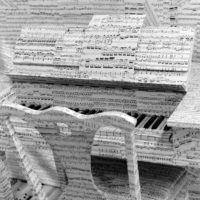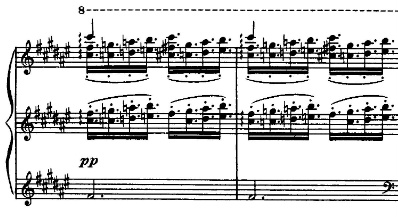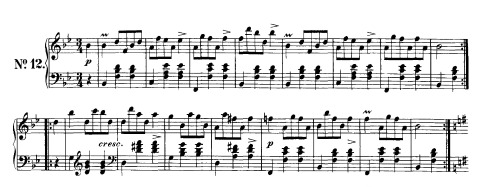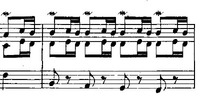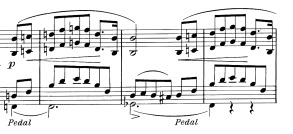During 2020, at New England Conservatory, it happened -- every piano piece by Ludwig van Beethoven was performed. There was a series of 12 concerts involving 73 different NEC students. All 36 piano sonatas were played, 21 sets of variations, and every other piano piece! Six of the concerts were played live during February and March. After the pandemic arrived, the rest of the programs were streamed during the fall. Studying remotely, many … [Read more...]
Homeplace
My grandmother, my father’s mother, had a nonchalant and serious way of saying “homeplace.” She was talking about the family farm where she lived for more than five decades, where members of the Brubaker family had lived for a century. It wasn’t grand. But conveyed in her pronunciation of that word was both great comfort and resignation. I don’t suppose I understand it. There were entire winter months when she stayed there, never venturing off … [Read more...]
Other Planets
Recurring patterns of signification in music -- topoi. The grand unfolding of time and space represented by a steady repeated-pitch ostinato with slow-motion harmonic change around it, found at the opening of Haydn's Creation, for example. (Haydn could have had a career in sci-fi futurism...) I heard a pianist play through Debussy's prelude "...La terrasses des audiences du clair de lune." Near the end, there's an anomalous passage that … [Read more...]
Same Key
"I would accept no hard and fast rule in program-making except one: that works in the same key should not follow one another. A varied succession of keys is required to stimulate the listener's attention." So says Alfred Brendel. That's standard advice about making a classical concert program -- don't play long stretches of music in the same key. Mr. Brendel, for example, rules out playing in one program Schubert's B-flat-Major Sonata and … [Read more...]
Thinner Air, Up There
In many a notated German Dance or Ländler (or in its second part), there are rocking passages in regular eighth-notes featuring the interval of the sixth. On the violin, such lines can involve back and forth string-crossing, bariolage. Often a low pitch in the passage (open string) remains constant. Such music resembles and may signify yodeling. Making music across the voice break is a recurring feature of instrumental music by Schubert, and … [Read more...]
Departure
In J. S. Bach's Capriccio, BWV 992 I noticed strongly emotional content in an unusually repetitious passage -- a place where as the keyboardist's right hand stays in place repeating a simple figure the left hand incrementally departs physically, signifying departure, descending step by step lower and lower. Something similar occurs in Schubert's G-flat-Major Impromptu: … [Read more...]
Intertext
In his anxiety, Johannes Brahms read the slow movement of Ludwig van Beethoven's piano sonata, opus 10, number 3, and penned his own intermezzo in E-flat Minor, opus 118, number 6: (If D goes to C-sharp, then D Minor can go to E-flat Minor. Up can be down. 6/8 and eighth-notes, or 3/8 and sixteenths. Largo e mesto. Dies Irae? D-Es?) Earlier misprision led Brahms from playing the slow movement of Beethoven's Opus 2, number 2, to … [Read more...]

